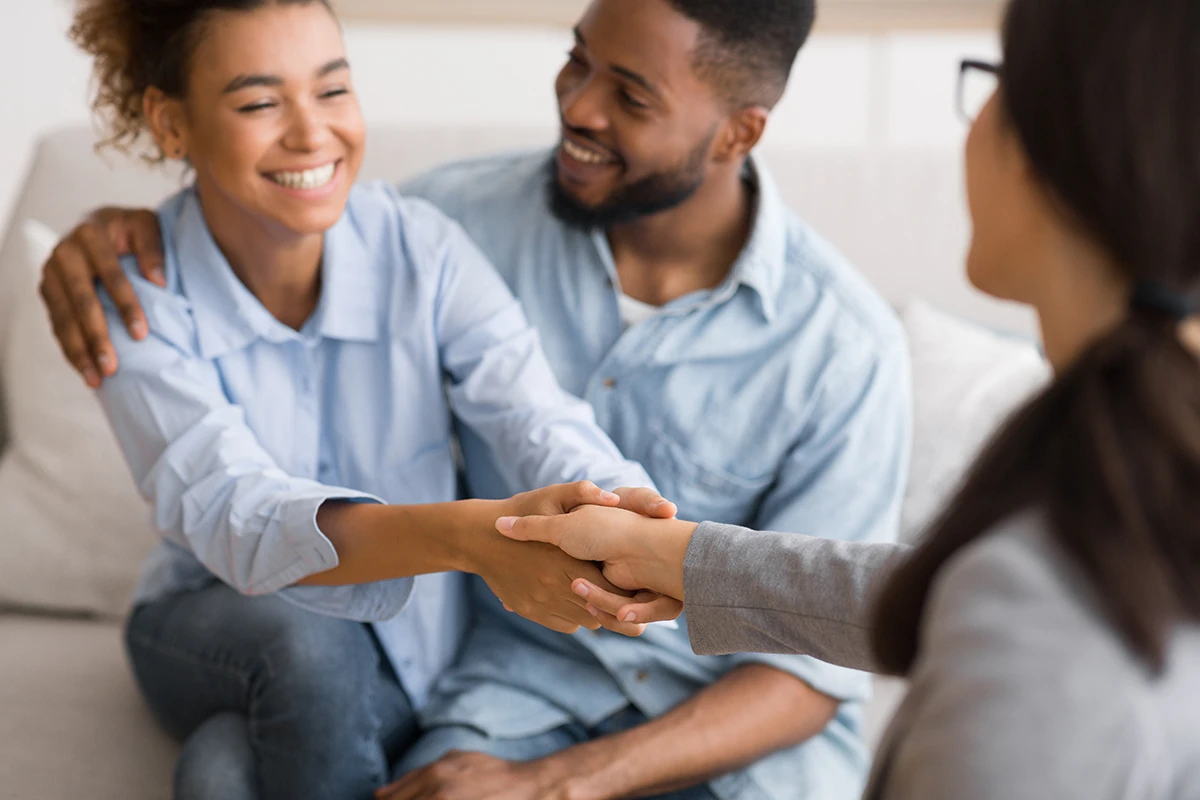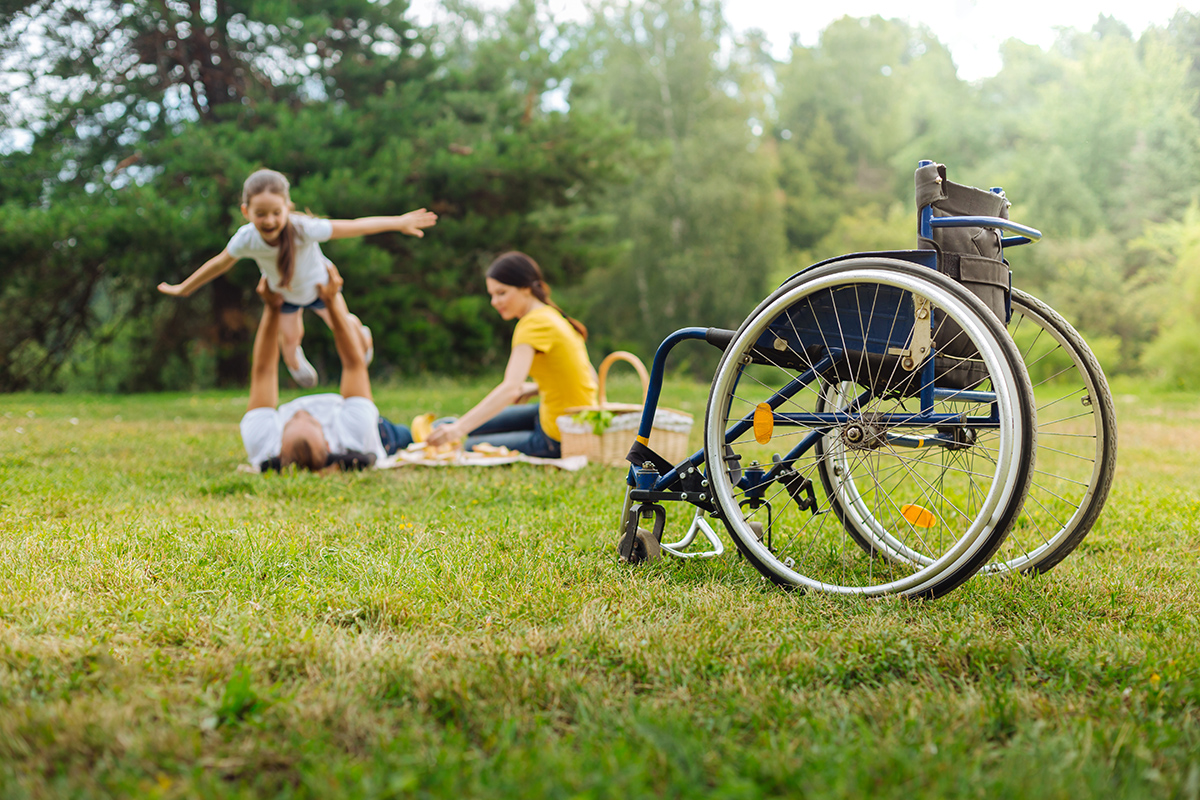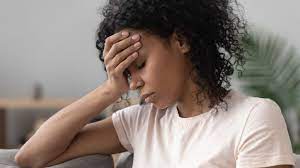Caring for the Caregiver
Let’s face it. Parenting is hard work in the best of circumstances. When your child is diagnosed with AHC, it definitely brings it up a notch, to say the least. The doctor’s appointments, therapies, medicines, orthotics, medical equipment…the list goes on and on. All of this while you are also trying to enjoy your child and give them the happiest life they can have. You may have additional children who also require their needs to be met, spouses, careers, homes to take care of, extended family, and friends.
When you have a child with AHC, it impacts the entire family. The overwhelming worries about the future, the heartbreak of watching them suffer through episodes, the broken plans, and commitments. AHC is a physical disorder, but it is also an intensely emotional and exhausting one. As caregivers, you innately take care of everyone else first and yourselves last. It’s easy for you and your health to get lost in the shuffle.
The AHC Foundation exists in part because there is strength in numbers and comfort in feeling not so alone in this rare world. While our key focus is research to find a cure and/ or effective treatments, we also focus on supporting the whole family. Over the years, this has taken shape in our family meetings held bi-annually, family support meetings held via zoom, Facebook support groups, newsletters, emails, and phone calls. Now, we would like to add the importance of self-care to the mix.
Why is self-care important?
The stress of raising a child with a disability is no joke. When you feel anxious or stressed, your brain floods the central nervous system with hormones and chemicals, such as adrenaline and cortisol. While these are designed to help your body respond to a threat and can be helpful in those instances, you’re not in literal danger when coping with your child with AHC. Nonetheless, your body responds the same. When exposed to these chemicals and hormones over time, it can lead to a number of serious physical and mental health issues, including headaches, dizziness, anxiety disorders, depression, weight gain, digestive disorders, and weakened immune systems.
What can you do?
There are many effective things you can do at home and via treatments to help cope with the trauma and stress that comes along with having a child with AHC.
To review the basics, eating healthy, staying, hydrated, getting enough sleep, avoiding substances such as alcohol and nicotine that can negatively impact your central nervous system, and exercise can help manage stress.
Sometimes, these are affected and inhibited by the stressors of daily life. When that happens you may need some extra care to help get you back to feeling well.

Sounds simple, right? Not always. You would be surprised how many of us don’t breathe correctly during times of trauma and stress. It could be as simple as sitting for five minutes and taking deep, slow breaths. For example, “box breathing” is an easy method you can perform wherever you are, and you will be amazed at the benefits.

How to do box breathing
1. Breathe out slowly, releasing all the air from your lungs.
2. Breathe in through your nose as you slowly count to four in your head. …
3. Hold your breath for a count of four.
4. Exhale for another count of four.
5. Hold your breath again for a count of four.
6. Repeat for three to four rounds.
Studies show that practicing meditation can directly impact neurotransmitters in the brain. It can increase serotonin, the “feel good” chemical that regulates mood. It can also decrease cortisol, which is referred to as the stress hormone. Ideally, 18-22 minutes of meditation per day yields benefits. However, if you are new to meditation, start small. Try for 5-10 minutes in a quiet place. You can close your eyes, focus on breathing, and let your mind go. You can also read or listen to guided mediations.
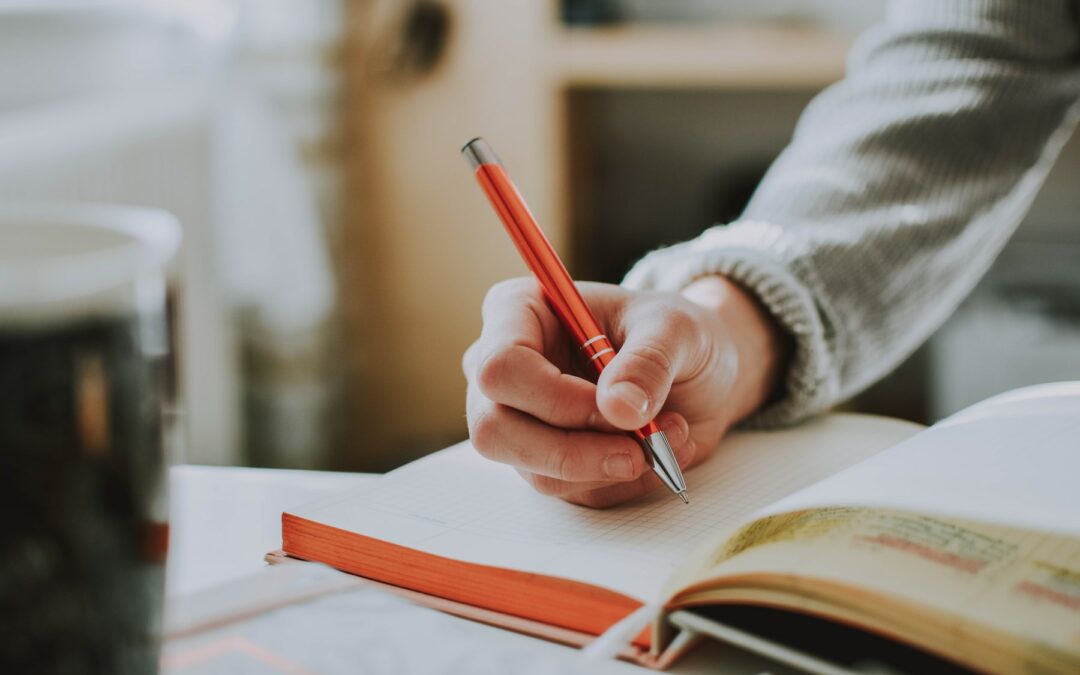
Get a journal or notebook. Write down anything that’s on your mind. You can do it in the morning or at night or carry it around with you and journal notes throughout the day. There is no “right way” to do a journal. Simply writing down your thoughts and feelings can relieve stress and help you process your emotions.
Studies show that too much social media time can increase anxiety and depression. Particularly when you have a child with a disability. Additionally, looking at social media in bed can make it harder for you to fall asleep and reduce the amount of time you sleep. Try to limit (or stop) social media use a couple of hours before bedtime, to allow your body to wind down and prepare for sleep.
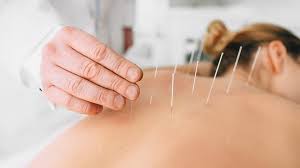
Small needles are placed on points throughout the body to stimulate the central nervous system. This then releases chemicals into the muscles, spinal cord, and brain. These biochemical changes stimulate the body’s natural healing abilities and promote physical and emotional well-being.
Massage stimulates receptors that transmit sensory signals to the central nervous system, and this in turn causes a reduction in tension in muscles and the feeling of relaxation. Massage causes the release of endorphins which have been shown to reduce pain and muscle tension. There are various types of massage, so find one you like and relax!
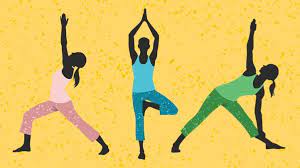
Physically, yoga improves strength, balance, and flexibility. Mentally, deep breathing and focus on self do wonders to calm your CNS. There are various types of yoga, so do some research and figure out which one you like. Books and apps are available to do at home or drop in on a local class.
A type of talking therapy that teaches you coping skills for dealing with different problems. It focuses on how your thoughts, beliefs, and attitudes affect your feelings and actions and teaches you how to redirect them.
A type of talk therapy based on cognitive behavioral therapy (CBT), but it’s specially adapted for people who feel emotions very intensely. The aim of DBT is to help you understand and accept your difficult feelings.
SE aims to resolve symptoms of stress, shock, and trauma that accumulate in our bodies. When we are stuck in patterns of fight, flight, or freeze, SE helps us release, recover, and become more resilient. It is a body-oriented therapeutic model applied in multiple professional settings such as psychotherapy and/or psychotherapy and massage. Typically, one feels more at ease, relaxed, and happier after somatic experience work.
A mental health treatment technique that involves moving your eyes a specific way while you process traumatic memories. EMDR’s goal is to help you heal from trauma or other distressing life experiences.
While extremely effective, one can feel physically and emotionally drained, sad, and angry after treatment.
Talk therapy is the process of working with a licensed therapist or counselor to develop positive thinking and coping skills to treat specific mental health conditions like depression or anxiety, trauma, or simply the daily human challenges we all face.
You may need to work with an MD or Psychiatrist to determine if medications will help you live a happier, healthier life.
Make time to care for yourself, so that you can care for those you love.
We are here for you, and would love to help support you.

